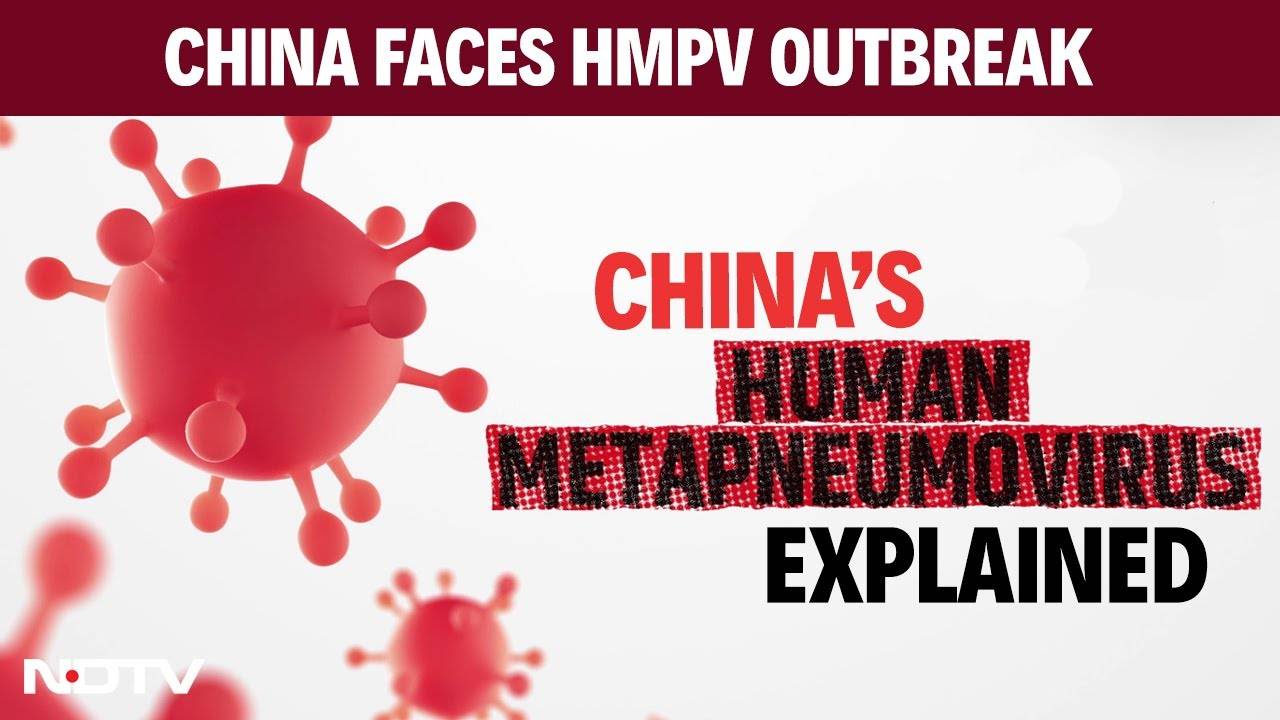The Rise of Human Metapneumovirus in China: Understanding the Virus and its Implications.
In recent months, a surge in cases of human metapneumovirus (HMPV) has been reported in northern China, sparking concerns among health officials and the general public. As the virus continues to spread, it is essential to understand the nature of HMPV, its symptoms, transmission, and implications for global health.
What is Human Metapneumovirus?
Human metapneumovirus is a common respiratory virus that affects people of all ages. It was first identified in 2001 in the Netherlands and has since been detected in many parts of the world. HMPV is a member of the Pneumoviridae family, which includes other respiratory viruses such as respiratory syncytial virus (RSV).
Symptoms of HMPV
The symptoms of HMPV are similar to those of other respiratory viruses, including the common cold and flu. They can range from mild to moderate and include:
- Runny nose and congestion
- Coughing and sneezing
- Fever
- Headache
- Fatigue
- Muscle and body aches
In severe cases, HMPV can cause pneumonia, bronchiolitis, and other respiratory complications, particularly in young children, older adults, and people with underlying health conditions.
Transmission of HMPV
HMPV is highly contagious and can be transmitted through:
- Respiratory droplets: When an infected person talks, coughs, or sneezes, they release droplets that can contain the virus.
- Contact with contaminated surfaces: The virus can survive on surfaces for several hours and can be transmitted through touch.
- Close contact: HMPV can be spread through close contact with an infected person, such as shaking hands or sharing utensils.
The Current Outbreak in China
The current outbreak of HMPV in China was first reported in December 2024, with cases primarily concentrated in northern provinces. According to Chinese health authorities, the number of cases has been increasing steadily, with many patients requiring hospitalization.
The World Health Organization (WHO) has stated that the current situation with HMPV in China is not unusual and does not pose a specific concern for the European Union/European Economic Area (EU/EEA). However, the WHO recommends that individuals take normal precautions to prevent the spread of respiratory pathogens, such as wearing masks, covering coughs and sneezes, and practicing regular handwashing.
Implications for Global Health
The rise of HMPV in China has significant implications for global health. As a highly contagious virus, HMPV has the potential to spread rapidly across borders, particularly in densely populated areas.
Furthermore, the virus's ability to cause severe respiratory illness in vulnerable populations, such as young children and older adults, highlights the need for robust public health measures to prevent and control outbreaks.
Prevention and Control Measures
To prevent and control the spread of HMPV, individuals can take several precautions:
- Practice good hygiene: Regular handwashing with soap and water, covering coughs and sneezes, and avoiding close contact with people who are sick.
- Wear masks: In crowded areas or when in close contact with someone who is sick.
- Stay home when sick: Avoid going to work or school when experiencing symptoms of HMPV.
- Get vaccinated: While there is no specific vaccine for HMPV, getting vaccinated against flu and other respiratory viruses can help reduce the risk of complications.
The rise of human metapneumovirus in China is a reminder of the importance of vigilance and preparedness in the face of emerging infectious diseases. By understanding the virus, its symptoms, transmission, and implications for global health, we can take steps to prevent and control outbreaks. As the global health community continues to monitor the situation, it is essential that individuals take precautions to protect themselves and their loved ones from the spread of HMPV.


